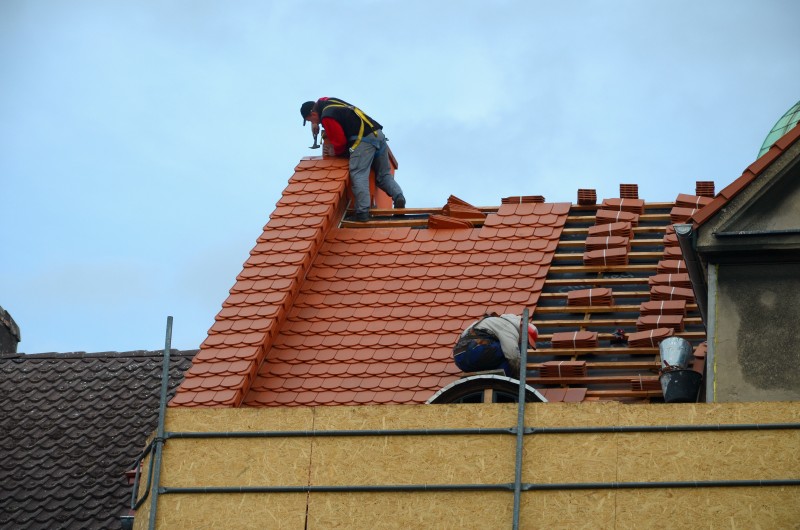Working on any type of construction project made from steel beams and structures creates potential problems attaching fall protection systems. Unlike wooden structures, it is impractical to drill into or weld onto steel beams to place the anchor point.
Not only is it impractical to drill or weld steel beams and structural components, but it can also impact the structural integrity, which is critical in any type of residential, commercial, or industrial building. To work around this challenge, beam clamp fall protection devices provide an effective, safe, and easy-to-use solution.
Basic Operation of the Beam Clamp
There are different types and options in beam clamp fall protection. They should be lightweight and compact in size, making them easy to position on I beams in any desired location.
They have two jaws that are designed to attach to the flange of the I beam, stabilizing the clamp in place. Both sides of the clamp are then tightened to the beam, holding the jaws firmly in place. For added protection and security, look for lock-nut jaws that can be positioned and adjusted to fit on the beam correctly.
Other beam clamp fall protection solutions may offer a rachet type of adjustment that makes it easy to close and open the clamp on the beam. The use of latches holds the jaws in place once positioned on the flange. There are also beam clamps that adjust from one side only, with the D-ring positioned on the other side. These can be used for both vertical and horizontal mounting, providing a flexible solution.
The steel D-ring is positioned in the center to keep the lifeline free from rubbing or abrading against the clamp or the beam. Different sizes of beam clamps are available to make it easy to adjust the clamp or smaller or larger beams.
When choosing a beam clamp, consider the design, the rated weight for the clamp, and if the clamp meets the requirements for OSHA and ANSI standards.


